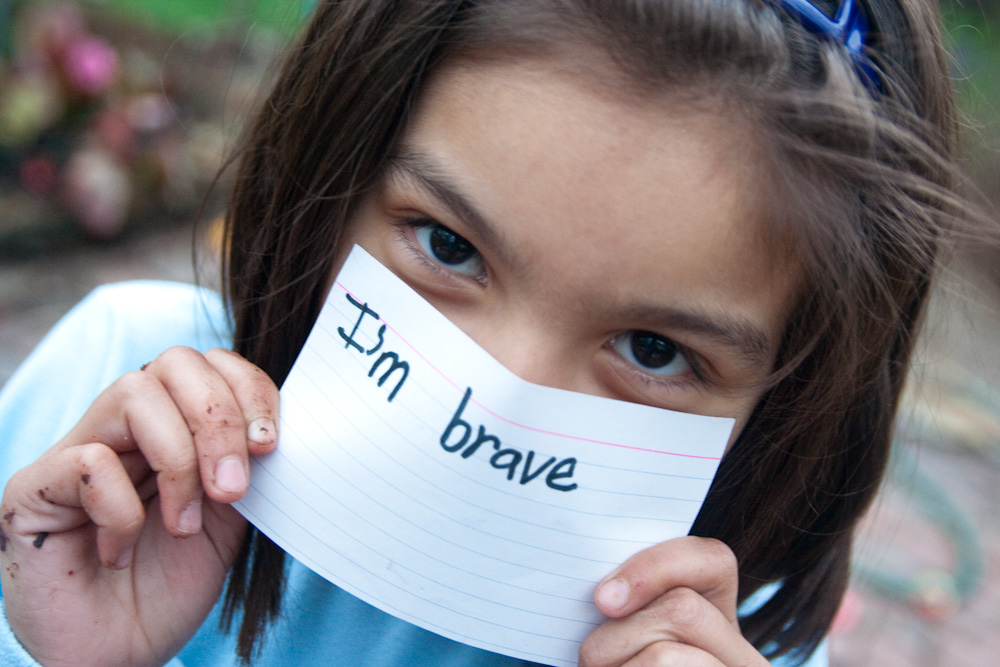
Self-hatred rarely accomplishes much of value. With the rise of positive psychology, recent decades have seen a substantial cultural emphasis on the importance of self-esteem. Unfortunately, being told to keep liking ourselves, no matter what, hasn’t done a whole lot to get us back on our feet when we hit a big ole’ bump in the road. Even when heavy stuff happens (as, in life, it will), through no fault of our own, due to age, illness or other inevitable things, we tend to blame and criticize ourselves–and this is how we keep the damage going, by holding ourselves back from healing and moving on.
Paul Gilbert, of Kingsway Hospital in the United Kingdom, and Kristin Neff of the University of Texas at Austin, have suggested that self-compassion in times of tribulation can help us rebound more quickly, and may lead to an improved quality of life and deeper happiness in the long run.
This is not your average new-age feel-good fluff-stuff. Self-esteem, self-criticism and self-compassion are actually each associated with their own separate, but interacting, chemical systems in the brain. Each system arose for its own evolutionary purpose and carries corresponding and mediating neurotransmitters.
The “Drive” System
Linked to self-esteem by fMRI studies, this system, which relies extensively on the neurotransmitter dopamine, compels us to pursue resources, mates, skills and status. This is the system that pushes us to do our very best, whether we are competing in an athletic event, trying to keep up with the cool kids, or getting up the courage to ask out the hottie who works out at our gym.
The Threat-Protection System
Fueled in part by fast-paced adrenalin, the Threat-Protection system kicks in when we are under attack and need to decide whether fight, flee or submit in the face of a threat. According to Dr. Gilbert, the Threat-Protection system is actually stimulated into action, even when it’s just you being down on yourself and there is no actual extrinsic threat.
The ‘Drive’ and ‘Threat-Protection’ systems dominate in most of us, compelling us to always do better and better at everything we do. When we face a setback, or come across someone that we perceive to be competing for resources (a job, a boyfriend) we want for ourselves, the Threat-Protection system kicks into action. If we are overly self-critical, we may attack ourselves, put down the other person, or even seek out some form of escapism to “flee” from the knowledge of our own faults.
Thankfully, there is another way to do business. Lesser-known (and less-used), this system is an option we can learn to utilize, in place of self-criticism, in a way that allows us to recover from setbacks (or put-downs) in short order. After all, it’s a lot harder to solve a problem when your mind is devoting so much time and energy to beating itself up.
The Mammalian Care-Giving System
The ‘Care-Giving’ system likely evolved with our need to care for our little ones. Hormones like oxytocin and natural opiates give rise to the emotion of compassion. Being compassionate is a skill that, when turned inward, will lend guidance and support to the ‘Drive’ and ‘Threat-Protection’ systems.
According to this framework, when we encounter some difficulty–say, an illness, a problem, an argument or an obstacle–the Drive system can either turn on the system that will give it an emotional smack-down, or the system that will give it a hug and tell it everything is going to be okay. A growing body of research suggests the hug leads to better outcomes, in the long run, than the smack-down.
The next time your inner critic starts to sneer, try sticking up for yourself, as you might defend a friend. Repeat this mantra: “I am only human. I am not perfect, nor do I need to be.”
Practicing self-compassion will ultimately help you become more comfortable with the person you are today, and free you from unattainable expectations of perfection.
Here are a few tools that anyone can use to practice self-compassion:
1. Acknowledge challenges, and let them go.
Always remember to tell yourself: “I am not perfect, nor do I need to be.” When entirely normal emotions come up—frustration, stress, anger, fear—remind yourself that no one expects you to be perfect. Allow yourself to feel whatever it is you need to feel, and then let it go.
2. Remember that you are exactly where you need to be.
When we start our journey inward, we may learn things about ourselves that shock us. Everything happens for a reason, every challenge has its purpose and you are exactly where you need to be today.
3. Practice self-growth rather than self-improvement.
Instead of trying to “fix” what’s “wrong” with you, focus on strengthening what’s right within you. What do you like about yourself? What goals inspire the most passion inside of you?
4. Speak to yourself as you would speak to a friend.
Be kind to yourself. If you are facing a serious challenge, be especially kind to yourself. If you had a a friend who was struggling with an uncomfortable situation, you would never criticize that person with language like, “Why can’t you just learn to be happy all of the time?!” Don’t speak to yourself that way, either.
Self-compassion is an inside job.
Making the conscious decision to switch from your ‘Threat-Protection’ system to you ‘Care-Giving’ system will take time and practice to implement, but when you do, you will find that when you get thrown, you can hop back in the saddle and keep your journey on the trail to prosperity moving along without a hitch. When you are nurturing to yourself, instead of critical and shame-based, your brain employs hormones that will assist you to a far greater degree–so remember, charity begins at home.

No comments:
Post a Comment